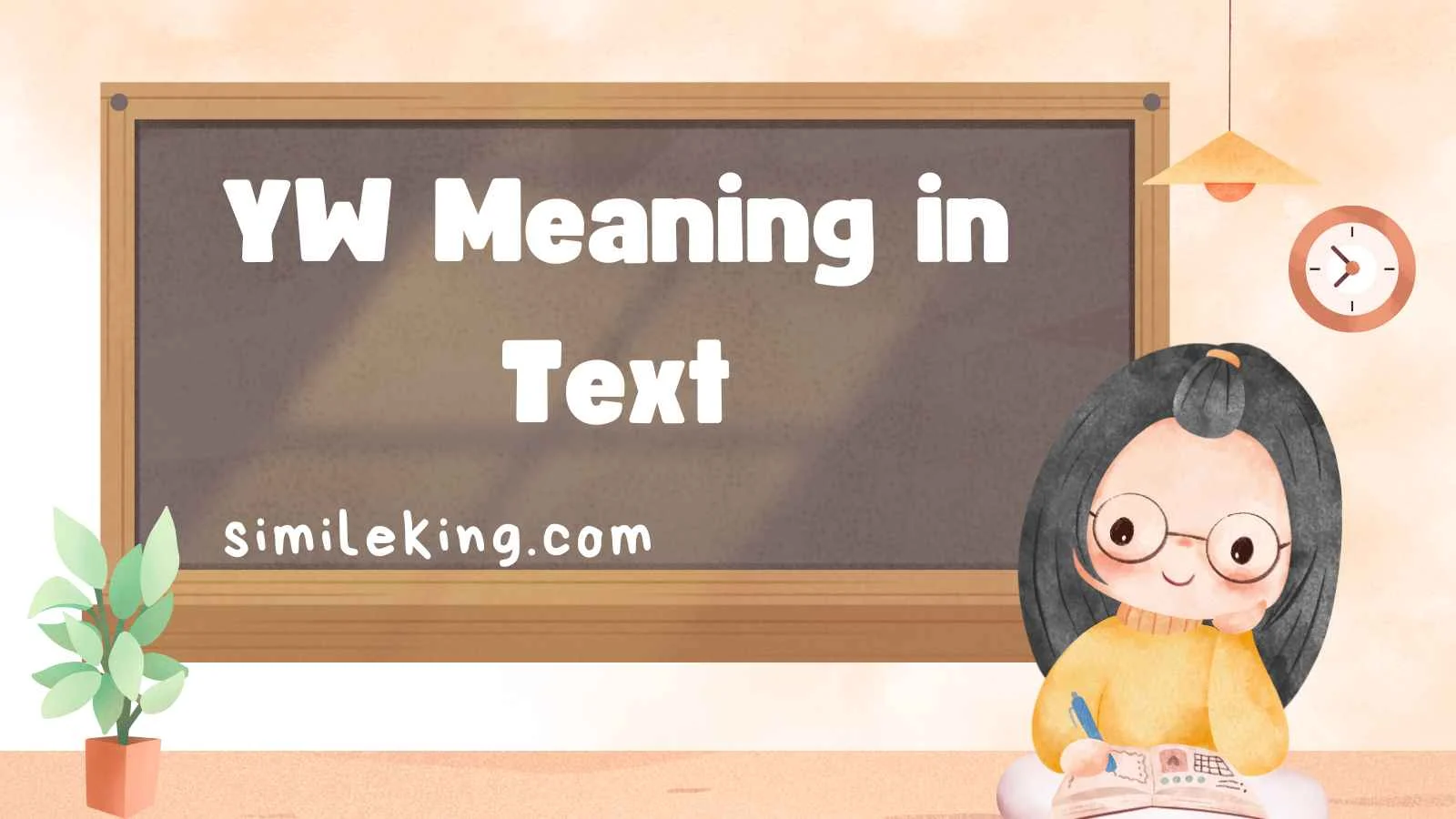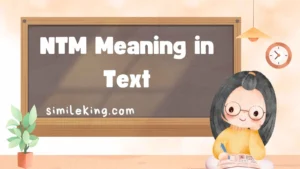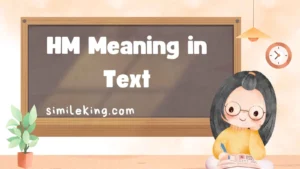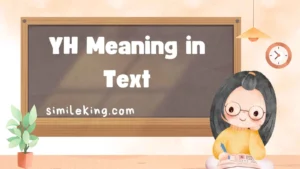In 2025, online conversations are more dynamic than ever. From short texting abbreviations to AI-assisted replies, the way we communicate is evolving at lightning speed. Among these shifts, one abbreviation continues to stand out in digital conversations: YW, which most often means “You’re Welcome.”
But that’s just the beginning. The phrase has grown beyond a simple polite response—it now carries multiple shades of tone, context, and even culture depending on how and where it’s used. Whether you’re replying to a friend on WhatsApp, keeping it professional in an email, or simply texting a quick acknowledgment, understanding YW meaning in text is essential in today’s communication landscape.
This article explores the definition, origin, and variations of “YW,” how it’s used across different digital platforms, and provides 10 advanced examples of alternatives depending on tone—formal, casual, or professional. By the end, you’ll have a complete understanding of when, where, and how to use “YW” like a pro in 2025.
What Does YW Mean in Text?
The abbreviation YW is most commonly understood as “You’re Welcome.” It is the natural response when someone thanks you in digital conversations. For example:
- A: Thanks for sending me the notes.
- B: YW!
Here, “YW” functions as a polite acknowledgment—quick, casual, and efficient.
But while this is the core meaning, in 2025, YW has evolved into something broader. Depending on context, it may also be used playfully, sarcastically, or even as shorthand for other niche meanings in certain communities.
Alternative Meanings of YW
Though “You’re Welcome” is the universal definition, some contexts attach other interpretations:
- Young Woman – Occasionally used in demographics, though less common in casual texting.
- Your Way – Found in gaming or teamwork chats, e.g., “Got the plan ready, we’ll do it YW.”
- Yeah, Whatever – Rare but sarcastic tone usage, mostly among younger texters.
- You Win – Seen in competitive or joking contexts, especially in online debates or gaming.
👉 Key takeaway: 99% of the time in everyday texting, YW = You’re Welcome. Other meanings are context-specific and usually obvious based on the flow of conversation.
Why Do People Use YW Instead of Writing “You’re Welcome”?
The popularity of YW lies in three main factors:
- Speed – Texting thrives on brevity. Two letters replace two full words.
- Tone Flexibility – YW can sound warm, casual, or even sarcastic depending on punctuation or emojis.
- YW 😊 → friendly
- YW. → formal, slightly cold
- YW 😂 → playful
- Platform Limitations – Social media captions, gaming chats, and instant replies favor shorter responses.
The Nuances of Tone: Polite vs. Professional vs. Casual
Understanding tone is the key to using “YW” effectively. In 2025, digital etiquette matters more than ever, especially in professional spaces where shorthand isn’t always appropriate.
1. Polite Tone
Use this in friendly conversations where warmth matters.
- Example: “Thanks for helping me with my resume!” → “YW, happy to help!”
2. Professional Tone
Here, avoid abbreviations. Spell out the full phrase instead.
- Example: “Thank you for your quick response.” → “You’re welcome, let me know if you need further details.”
3. Casual Tone
With friends, YW is fast and natural.
- Example: “Bro, thanks for covering me in the game!” → “YW 😂”
👉 Rule of thumb: The closer the relationship, the more likely YW works. The more formal the setting, the better it is to use the full “You’re Welcome.”
10 Examples of Alternatives to YW (2025 Edition)
While YW is handy, relying on it exclusively can make your texts feel repetitive or flat. Here are 10 advanced alternatives with examples across different tones:
1. No problem
- “Thanks for the lift!” → “No problem, glad to help.”
2. Anytime
- “Thanks for your advice.” → “Anytime, I’ve got your back.”
3. My pleasure
- “Thanks for organizing the meeting.” → “My pleasure, I’m glad it went well.”
4. Of course
- “Thanks for reminding me.” → “Of course, that’s what friends are for.”
5. Don’t mention it
- “Thanks for fixing the file.” → “Don’t mention it, happy to help.”
6. Glad to help
- “Thanks for tutoring me.” → “Glad to help, you did great today.”
7. Sure thing
- “Thanks for waiting for me.” → “Sure thing, no worries.”
8. All good
- “Thanks for covering my shift.” → “All good, I owed you one anyway.”
9. Absolutely
- “Thanks for sharing the notes.” → “Absolutely, hope they help!”
10. You got it
- “Thanks for answering my question.” → “You got it, happy to clarify.”
Choosing the Best Alternative Based on Context
When deciding whether to use YW or an alternative, ask yourself:
- Who am I talking to?
- Boss → “My pleasure” or “You’re welcome.”
- Close friend → “YW” or “Sure thing.”
- What’s the platform?
- Email → Avoid abbreviations.
- Snapchat/WhatsApp → YW is fine.
- What’s the tone?
- Professional → Formal alternatives.
- Casual → Abbreviations and emojis.
The Evolution of YW in 2025
In 2025, abbreviations are becoming even more adaptive. With AI keyboards, predictive text, and cultural slang blending across platforms, short forms like YW remain powerful but must be used with awareness.
For example:
- On LinkedIn, spelling out “You’re welcome” maintains professionalism.
- On TikTok comments, “YW” feels natural and casual.
- In voice-to-text apps, abbreviations may get misread, making full phrases clearer.
👉 The modern communicator knows when to abbreviate and when to expand.
Final Thoughts
YW may look like a simple two-letter response, but in 2025, it carries layers of meaning. It’s not just about being polite—it’s about matching tone, platform, and relationship.
- Use YW in casual settings with friends.
- Spell out “You’re welcome” in professional spaces.
- Experiment with alternatives like No problem, Anytime, or Glad to help to keep conversations fresh.
Mastering these nuances will not only make you a better digital communicator but also ensure your replies feel warm, natural, and context-appropriate.





